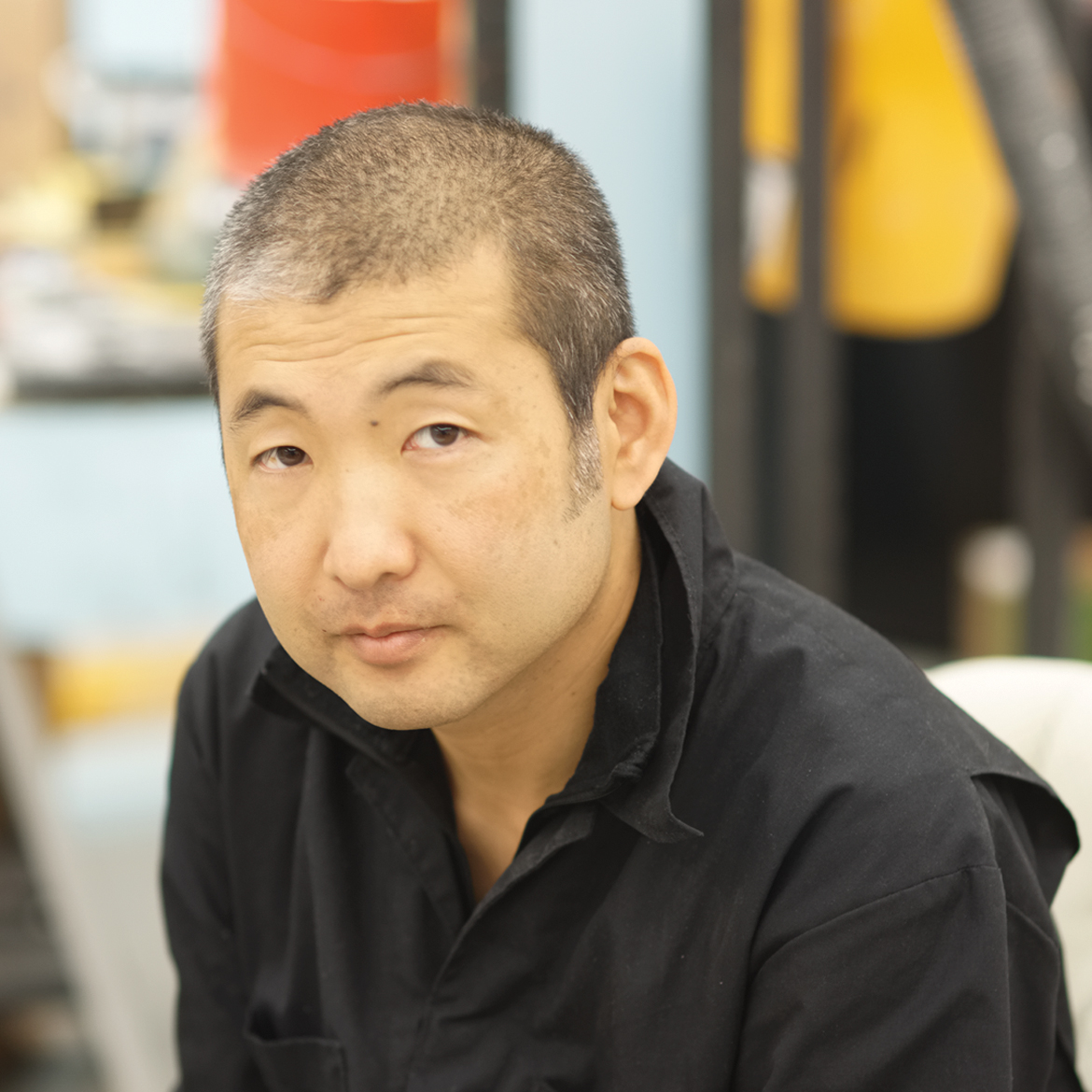Exploring A ‘Visual Language’


Hiroyuki Hamada will exhibit “Paintings” from Saturday, June 1 through June 23 at the Arts Center at Duck Creek in East Hampton, with an opening reception June 1 from 5 to 7 PM. Each work was made between 2015 to 2018, showcasing a transitioning period as the artist moved from sculpture to painting.
Hamada was born in Tokyo. After falling in love with his wife, an East Hampton native, he found himself moving to the area, where he has been for 20 years. His career has seen multiple highlights, including residencies at the Provincetown Fine Arts Work Center and the MacDowell Colony, to name a few. In 1998, he was awarded a grant from the Pollock-Krasner Foundation, and was a two-time recipient of the New York Foundation for the Arts Fellowship.
The artist’s past East End exhibits include Guild Hall, Ille Arts, and Southampton Arts Center. Beyond, he’s traveled to Lori Bookstein Fine Art in New York, Aureus Contemporary in Paris, Chicago, Art Basel in Switzerland, DNA Gallery in Massachusetts, and more.
What influenced you to be in the creative world?
I didn’t grow up around artists at all. In fact, I wasn’t really conscious about what art could do till I went to college and learned about art. It was odd but while I loved making things and drawing as a child, it really didn’t occur to me what it is to make something.
By making something, I mean putting things together to create a wholeness with momentum to move us. It’s about ways to transform the sum of each element into more than the simple equation, to activate the elements with an unknown something to reveal how things really are. I believe dealing with art is one way to be human, with its human deficiency as well as the unknown potential of what we are made of.
How does your creative process differ from sculpture to painting?
The process of painting is one of the most fascinating things for me. It’s a struggle to open myself, observe, and free elements as a cohesive dynamic or narrative emerging before me. I accept, affirm, and become one with the momentum to explore the process. It’s a way to surrender to the material reality while firmly grounding myself in the essence of my being. It’s highly pragmatic, yet, it is also open to the mysterious potential of our fundamental nature. If it sounds strange, well, yes, it is, and the end result can be also very strange but somehow it resonates with my heart.
Sculpture making shares the same aspect of working with the unknown, especially at the beginning of the process, when I come up with the core idea. But the process then becomes more methodical as it involves assembly of materials. It’s like growing a seed slowly with caring hands and heart. Both ways are valid and effective for me.
What are your pieces about? Do you focus on a particular motif?
When I started making art a few decades ago, I was very strict and conscious about not relying on recognizable symbols, images, or narratives. I was aiming to speak a “visual language” based on our perceptions of form elements such as shapes, lines, tones, colors, contrasts, and so on. I thought that was the way to transcend our differences as people and speak some sort of a common language.
I still subscribe to the basic idea, but as I get older and see how our world operates, I see that our nature as humans and our relationship to our material reality aren’t that simple. I mean, it is a challenge to express what it is to be human, when our perceptions are so systemically and structurally skewed by the framework of our time.
I see that even what we regard as ideal principles — “freedom,” “democracy,” “justice,” “humanity,” and so on — are rather artificial within the narratives we are forced to consume in the authoritarian hierarchy of money and violence. I see that our perceptions, for example, are largely based on values, beliefs, and norms cultivated through the pragmatic necessity of surviving within the capitalist hierarchy.
How did you get involved with Duck Creek?
I have worked with the director Jess Frost in the past, and she encouraged me to submit an exhibition proposal. I live close to Duck Creek and I have been familiar with the beautiful space so I am very much grateful for the team at Duck Creek for allowing me to show my work there. It is important that the town is supportive of the arts, and it is great that the community-based efforts have been made to offer a venue for art, performance, and music in the area.
Do you have a favorite work you’ve done, thus far?
I always try to pursue new possibilities. So naturally, I think I’ve been always interested in the work I am doing at the moment. But it’s also nice to see old works and find some parts refreshing, intriguing, or even surprising. The thing about art is that the crucial part is always the part that mystifies and triggers a sense of awe. It allows us to be a part of a larger reality, even though we don’t really understand it. That way, it allows us to be humans with dignity somehow.
What’s ahead for you?
I feel that I have so much to do in so many directions. Life is just too short.
The Arts Center at Duck Creek is located at 127 Squaw Road, Springs, East Hampton. Learn more at the website http://www.duckcreekarts.org.
nicole@indyeastend.com



